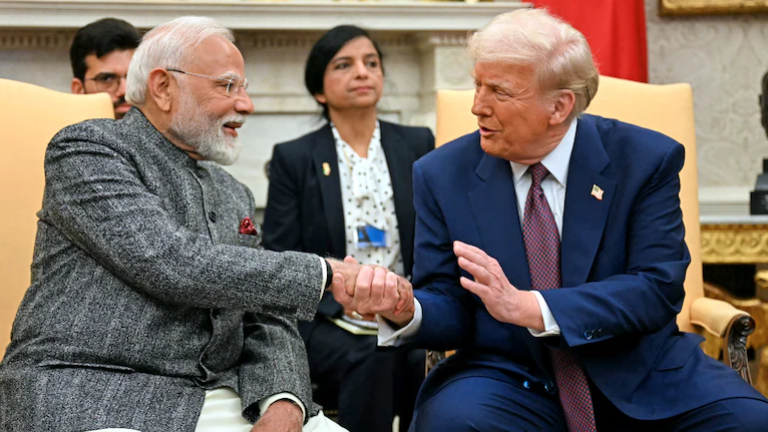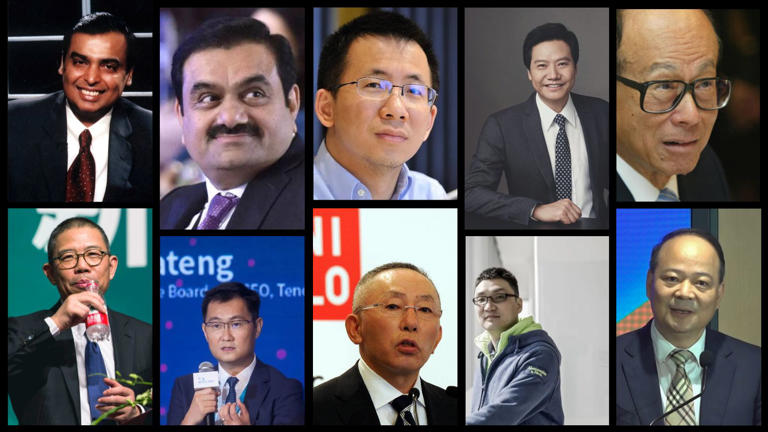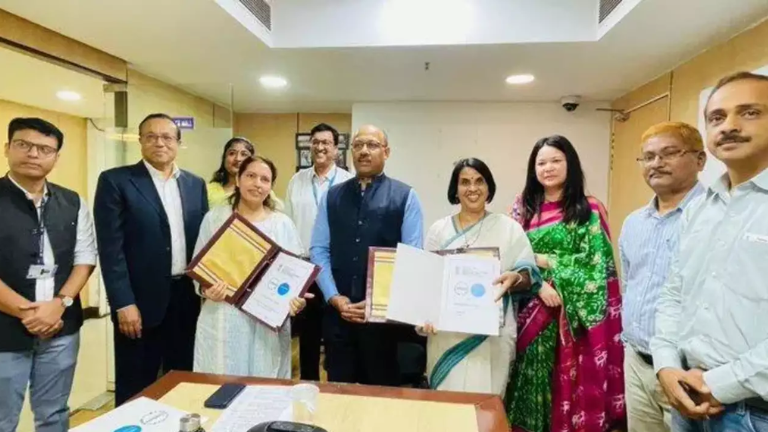India Prepares for Potential Trade Deal with the U.S., Signals Tariff Flexibility
As India gears up for potential trade negotiations with the United States, the government has begun internal discussions to formulate its strategy. Officials have indicated a willingness to engage in bilateral tariff reductions, although broad tariff cuts for all trading partners remain unlikely due to strategic and economic considerations—particularly concerning China’s influence in the region.
The talks come amid persistent concerns raised by former U.S. President Donald Trump regarding India’s “high tariffs.” While the U.S. has sought significant tariff reductions, Indian authorities maintain that the country’s average tariff rate of around 17% is well within its World Trade Organization (WTO) commitments, which allow customs duties of up to 50%. With this in mind, India is carefully assessing its position, balancing the need to foster trade relations with the U.S. while safeguarding its own economic and geopolitical interests.
Government’s Approach and Strategic Planning
The Indian Ministry of Commerce has initiated consultations with various government departments to assess the feasibility of tariff adjustments and craft a strong negotiating stance. However, Indian officials are treading carefully, closely watching how the U.S. trade team shapes its policy before finalizing India’s approach.
One of the major concerns from the Indian side is the unpredictability of U.S. trade policies, particularly regarding reciprocal tariffs. It remains unclear whether the U.S. intends to impose these tariffs across entire industries or specific product categories. Further complexities may arise if non-tariff barriers—such as regulatory restrictions or compliance mandates—are added to the discussion.
Despite ongoing negotiations, Indian officials have dismissed speculative reports and external estimates— including those made by leading global financial institutions—regarding possible outcomes of the deal. Instead, the focus remains on data-driven assessment and evidence-based decision-making.
Recent Tariff Reductions and Their Impact
In an effort to demonstrate flexibility in trade relations, India has already lowered tariffs on select American goods, particularly bourbon whiskey and high-end motorcycles—a move that benefits well-known U.S. brands such as Harley-Davidson. However, despite these reductions, U.S. authorities have continued to apply pressure for further tariff cuts.
India, on the other hand, remains cautious in its approach. Government officials fear that revealing too much about their negotiating strategy could weaken India’s position. Consequently, while India has made some concessions, it is keeping its final stance confidential as it observes how the U.S. proceeds with its tariff policies.
Key Areas of Focus: Services and Business Visas
While tariffs on goods remain a significant point of contention, services trade is another crucial area of focus for India. The Indian government is particularly keen on securing a favorable deal in technology, IT services, and professional visas—sectors where Indian businesses and professionals contribute significantly to the U.S. economy.
Indian companies, particularly in the technology and consulting industries, rely on smooth access to U.S. work visas, including H-1B and L-1 visas, to send skilled professionals to American companies. Over the past few years, the U.S. has introduced tighter restrictions on these visas, making it harder for Indian firms to operate smoothly. Therefore, a key demand from India in trade discussions will be greater access to the U.S. job market for skilled professionals—a move that would benefit both economies.
At the same time, India hopes to achieve more balanced trade terms in service-based sectors, as its economy is shifting from manufacturing dominance to a service-driven model. If successful, this could lead to significant growth in India’s outsourcing, fintech, and IT consulting industries—sectors that already have a strong global presence.
Challenges in Negotiations
Despite India’s strategic planning, several challenges could impact the negotiation process:
- Uncertainty in U.S. Trade Policy: With fluctuating U.S. policies on tariffs and trade deals, India must remain flexible to adapt to unexpected changes.
- China’s Influence in Regional Trade: India has expressed concerns about aggressive trade tactics by China and is wary of reducing tariffs universally, as this could benefit Chinese imports in key sectors.
- U.S. Pressure for More Concessions: While India has already lowered some tariffs, the U.S. may continue to push for further reductions—especially in agricultural products, pharmaceuticals, and automobiles.
- Regulatory Barriers: In addition to tariffs, non-tariff barriers such as compliance regulations, safety standards, and certification requirements could be introduced, making negotiations more complex.
The Road Ahead: What to Expect?
The U.S. Commerce Department is expected to conduct an assessment of India’s trade policies, followed by an investigation before any formal terms are outlined. Given the Trump administration’s emphasis on “America First” trade policies, India must be prepared for tough negotiations to ensure a balanced deal that benefits both nations.
Additionally, India’s approach will likely depend on how the U.S. enforces reciprocal tariffs—whether it targets specific goods, applies blanket tariffs, or introduces new trade regulations.
For businesses, investors, and economic analysts, the evolving trade talks hold significant implications. A positive outcome could pave the way for increased U.S.-India trade, investment opportunities, and job creation in both countries. However, a strained negotiation process could lead to trade disruptions, affecting multiple industries, including technology, manufacturing, and services.
Conclusion
As India navigates the complexities of its trade negotiations with the U.S., it must balance economic interests, diplomatic relations, and domestic industry needs. While tariff reductions on select U.S. goods have already taken place, the broader discussion remains focused on securing fair trade policies, ensuring market access for Indian businesses, and maintaining a competitive edge in global trade.
With the Indian government actively preparing its stance, business leaders and investors will be watching closely to see how these trade talks unfold and what impact they will have on bilateral economic ties between the two nations.







